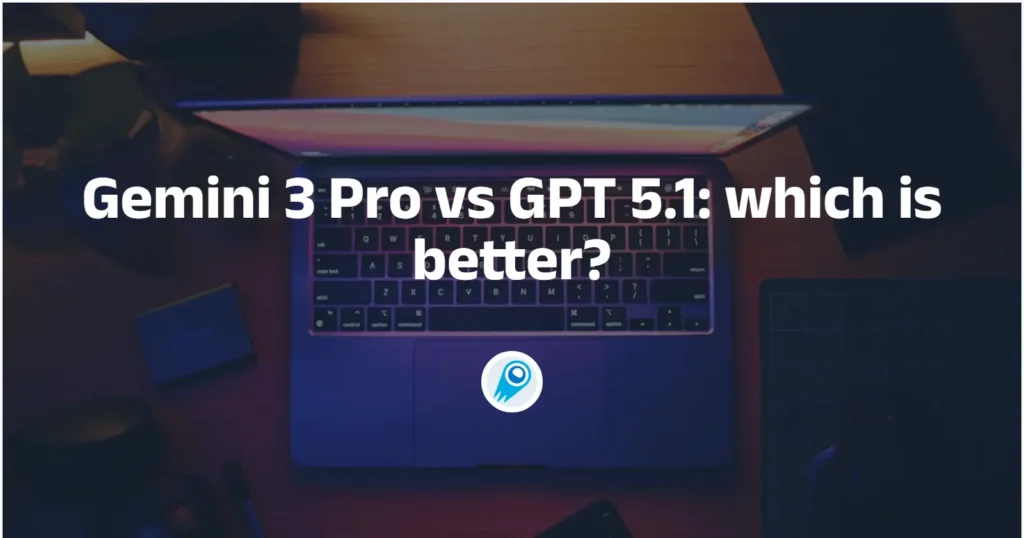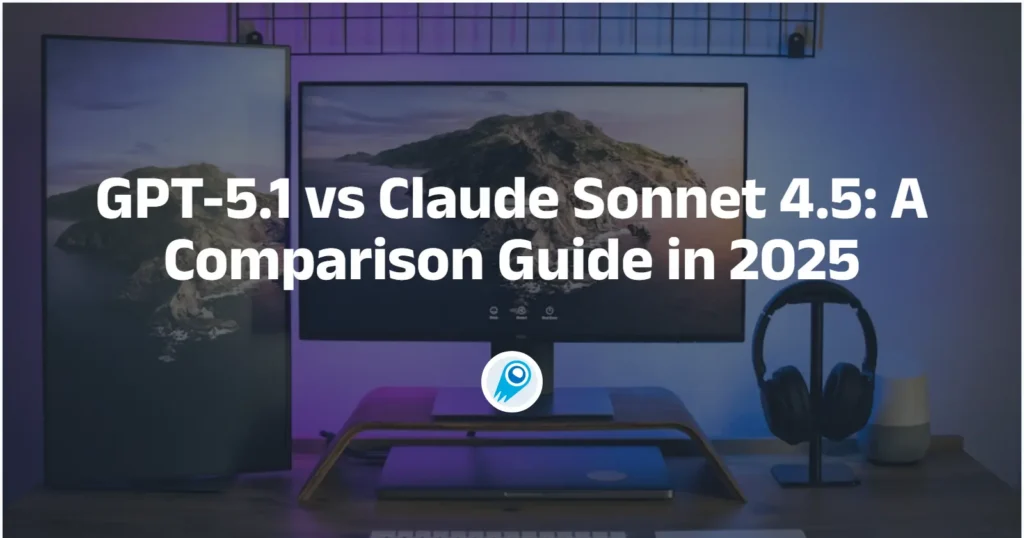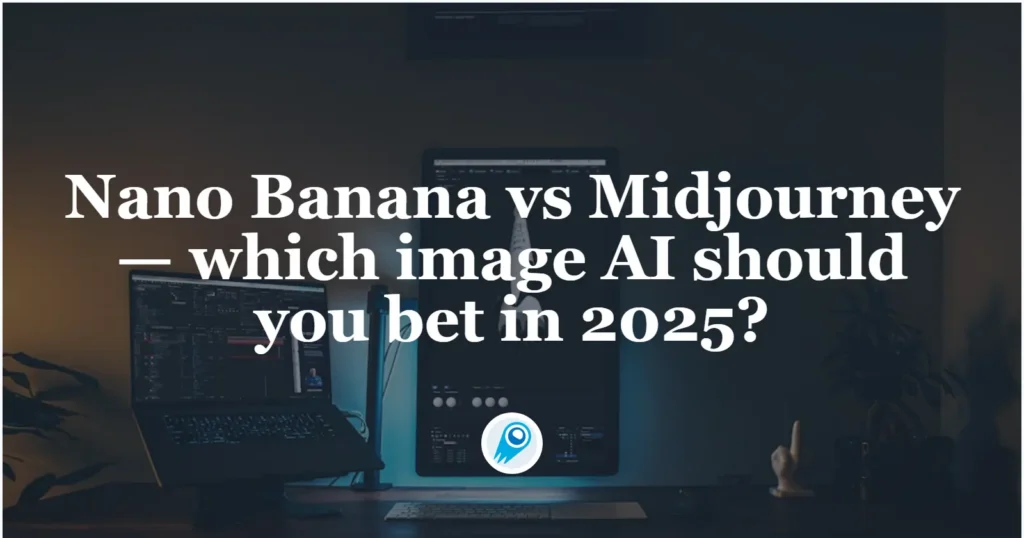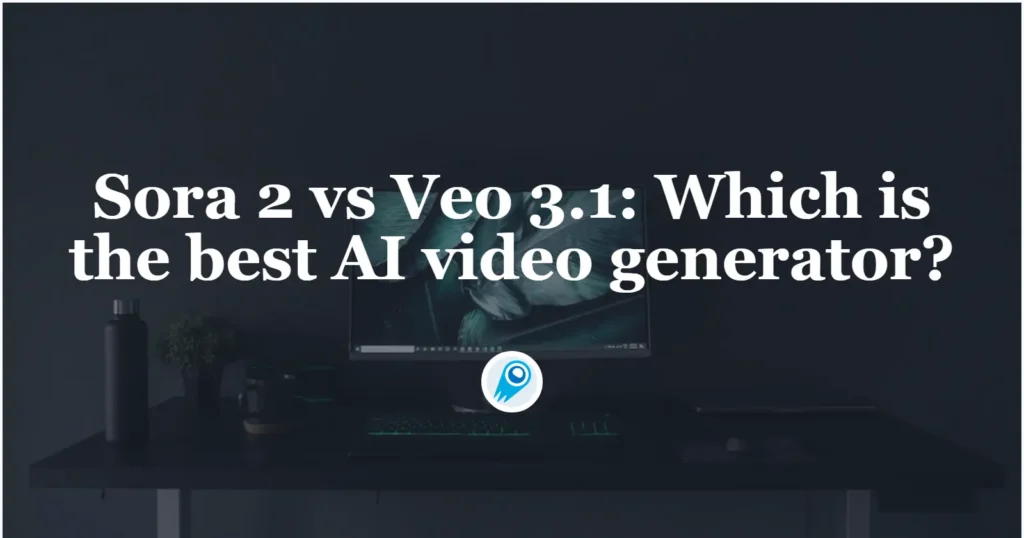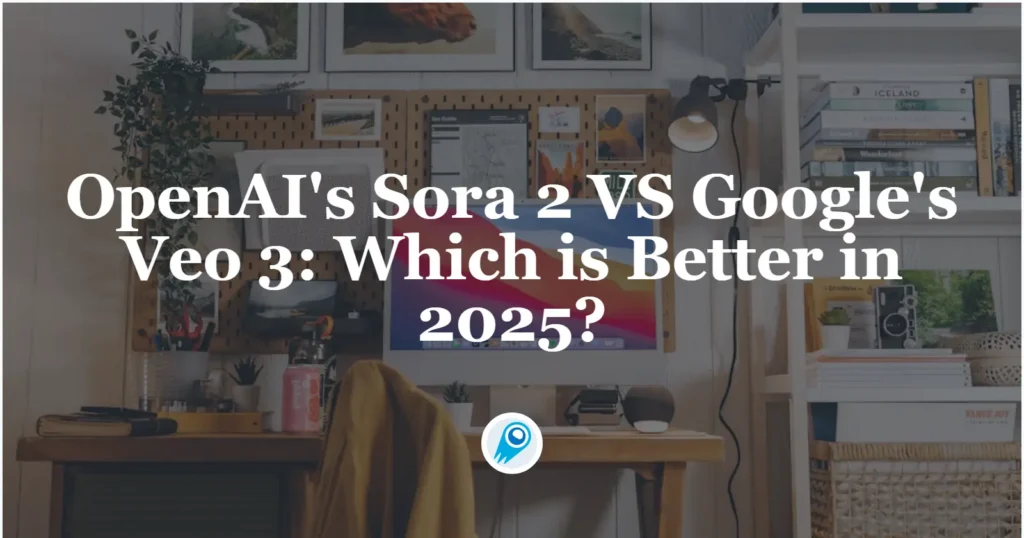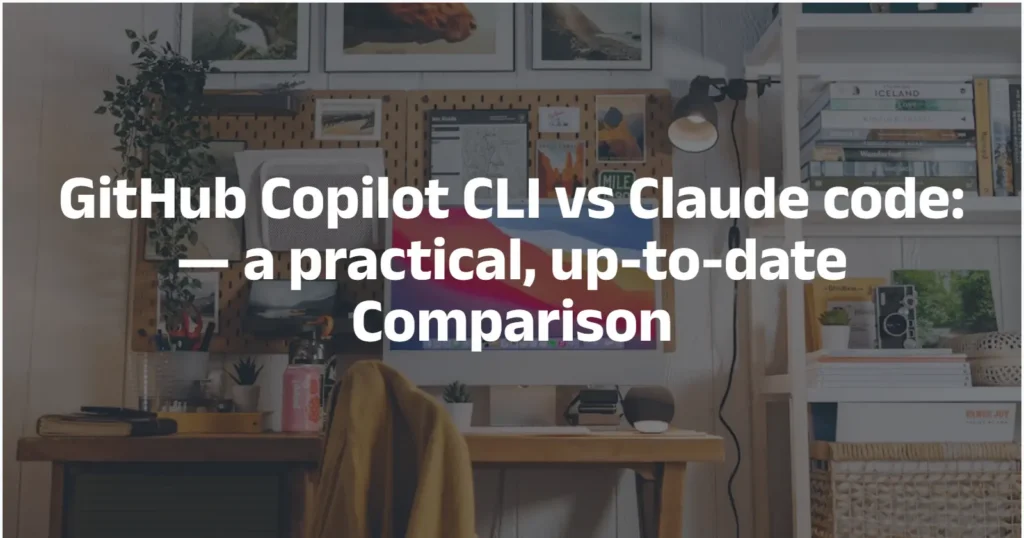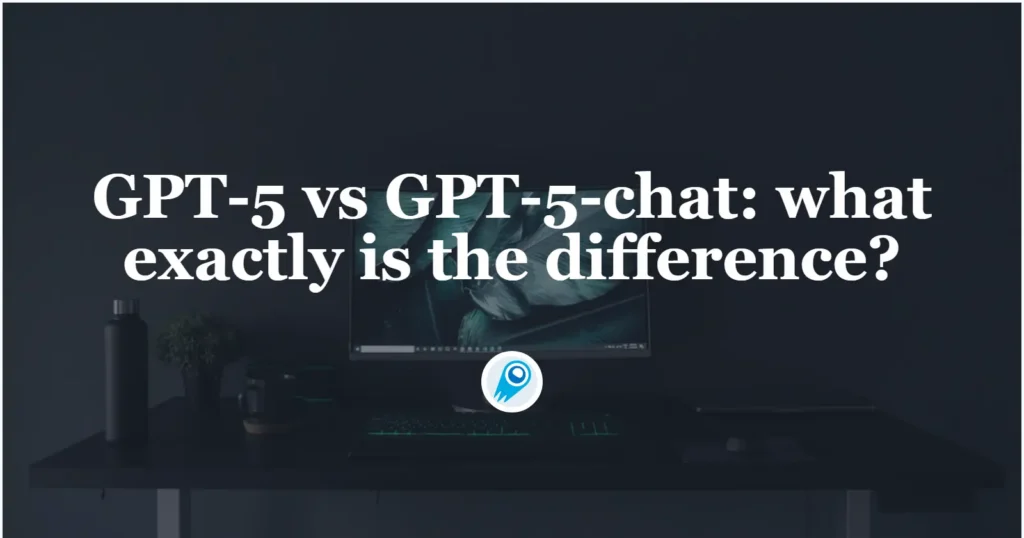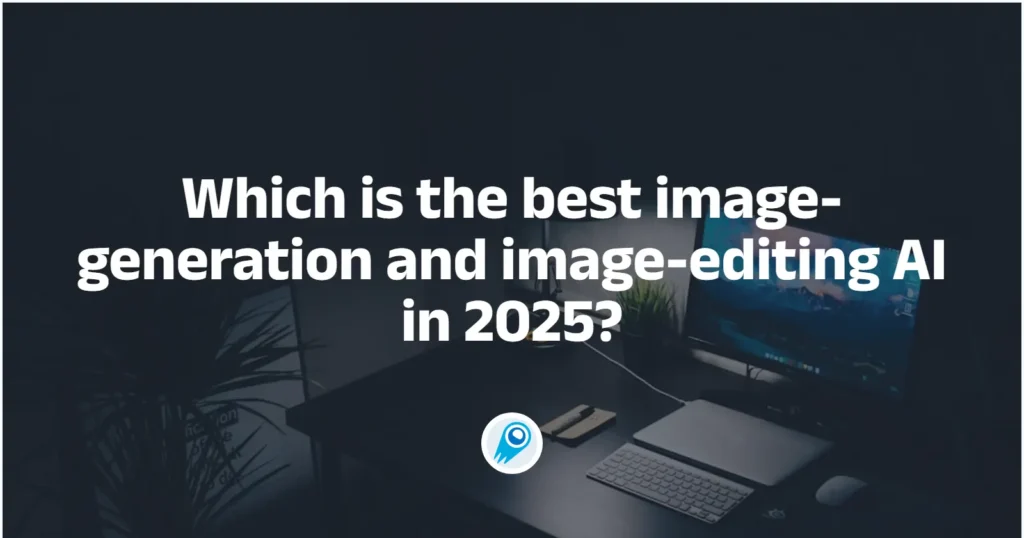Both OpenAI’s GPT-5.1 and Google’s Gemini 3 Pro represent incremental but meaningful steps in the ongoing arms race for general-purpose, multimodal AI. GPT-5.1 is a refinement of the GPT-5 line — focusing on adaptive reasoning, lower latency for simple tasks, and stylistic/personality controls for more natural conversational tone. Google’s Gemini 3 Pro pushes the frontier […]
GPT-5.1 vs Claude Sonnet 4.5 — Which one leads the frontier in 2025?
OpenAI’s GPT-5.1 is an incremental but product-focused update that introduces two usage-flavored variants (Instant and Thinking), extended prompt caching, and new developer tools; Anthropic’s Claude Sonnet 4.5 is a targeted upgrade oriented at coding, agentic workflows, and long-running, tool-heavy tasks. Both push agentic capabilities and improved safety, but they take different trade-offs in pricing, ergonomics […]
Nano Banana vs Midjourney— which image AI should you bet in 2025?
AI image generation has exploded from novelty to core creative tooling in under three years. Two names you’ll see everywhere right now are Nano Banana (Google’s Gemini 2.5 Flash Image family, popularly nicknamed “Nano Banana”) and Midjourney. They target overlapping users — designers, marketers, agencies, developers — but come from different technical and business philosophies. […]
Composer vs GPT-5-Codex — who wins the coding war?
The last few months have seen a rapid escalation in agentic coding: specialist models that don’t just answer one-off prompts but plan, edit, test and iterate across entire repositories. Two of the highest-profile entrants are Composer, a purpose-built, low-latency coding model introduced by Cursor with its Cursor 2.0 release, and GPT-5-Codex, OpenAI’s agent-optimized variant of […]
Sora 2 vs Veo 3.1: Which is the best AI video generator?
Sora 2 (OpenAI) and Veo 3.1 (Google/DeepMind) are both cutting-edge text-to-video systems released in late 2025 that push realism, audio synchronization, and controllability. Sora 2 leans toward cinematic realism, physics-accurate motion and tight audio synchronization and is rolling out behind app/invite access; Veo 3.1 focuses on creative control, composability (image→video, “ingredients” workflows), and wider API […]
OpenAI’s Sora 2 VS Google’s Veo 3: Which is Better in 2025?
The recent wave of generative video models has produced two headline-grabbers: OpenAI’s Sora 2 and Google/DeepMind’s Veo 3. Both promise to put high-quality, audio-synchronized, physics-aware short video generation into the hands of creators — but they take different product, distribution and pricing approaches. This article compares them end-to-end: what they are, how they work, how […]
GitHub Copilot CLI vs Claude code: Which is more suitable for you?
GitHub released Copilot CLI into public preview (terminal-native, GitHub-aware, agentic), and Anthropic shipped Claude Sonnet 4.5 plus upgrades to Claude Code (bigger agentic power, longer autonomous runs). Below I summarize what’s new for each, explains what each product is, compares price, context windows, code performance, core architecture, developer experience and tooling integration, shows how to […]
GPT-5 vs GPT-5-chat: what exactly is the difference?
GPT-5 is a family and a unified reasoning system that OpenAI ships in multiple variants for different workloads; gpt-5-chat (often seen as gpt-5-chat-latest) is the chat-tuned, non-reasoning variant that powers quick conversational responses in ChatGPT and is exposed to developers as a distinct API model. They share architecture and training lineage, but they are tuned, […]
Which is the best image-editing AI in 2025?
Image-editing AI has moved from fun toy to actual workflow tool in months — not years. If you need to remove backgrounds, swap faces, preserve a character across shots, or do multi-step compositing with natural-language prompts, several new models promise to do it faster and with fewer manual fixes.. In this post I compare three […]
What is the best AI Music Generator right now?
In the rapidly evolving landscape of artificial intelligence, Music Generators has emerged as one of the most exciting frontiers. As of August 2025, AI tools are not just assisting musicians but creating entire compositions from simple text prompts, revolutionizing how we produce, consume, and experience music. From hobbyists crafting personalized soundtracks to professionals seeking innovative […]

